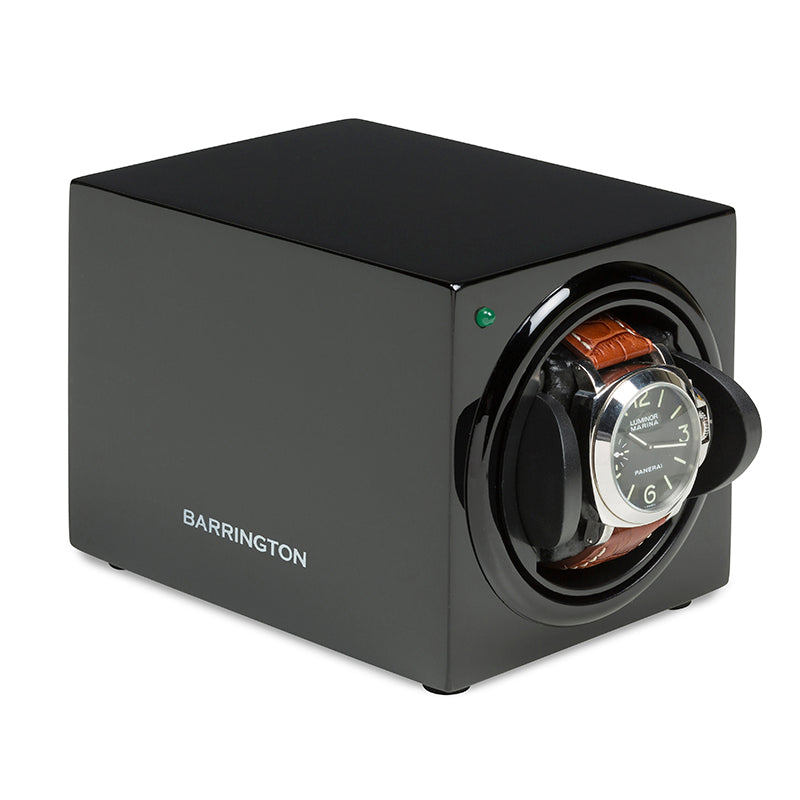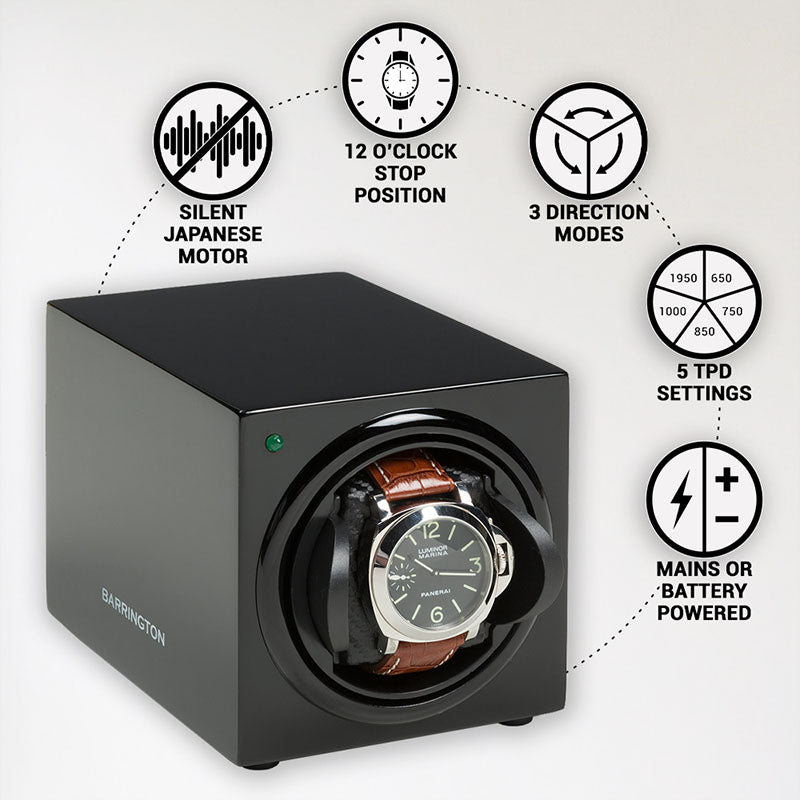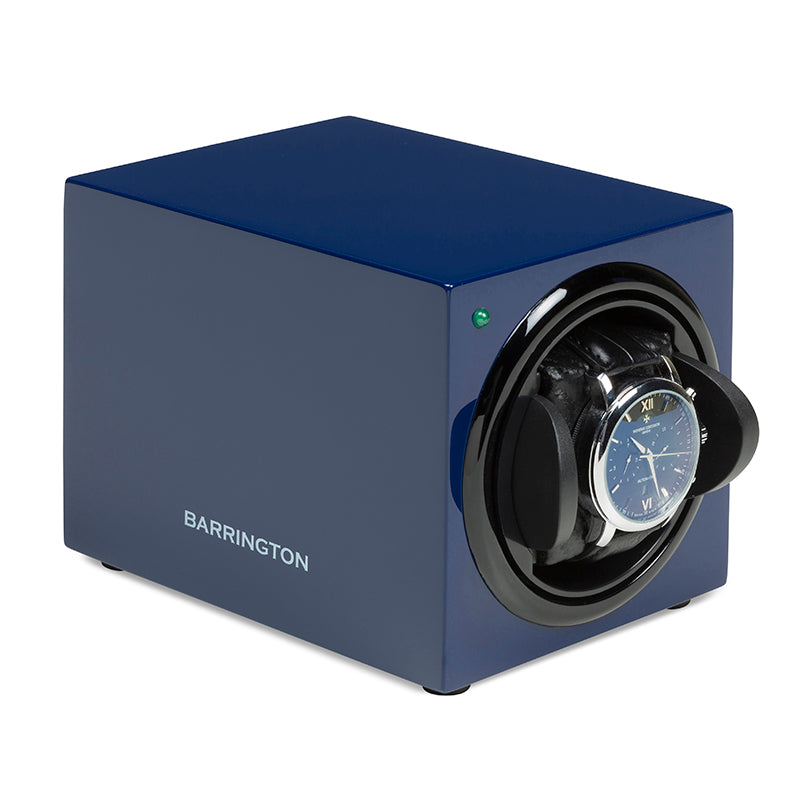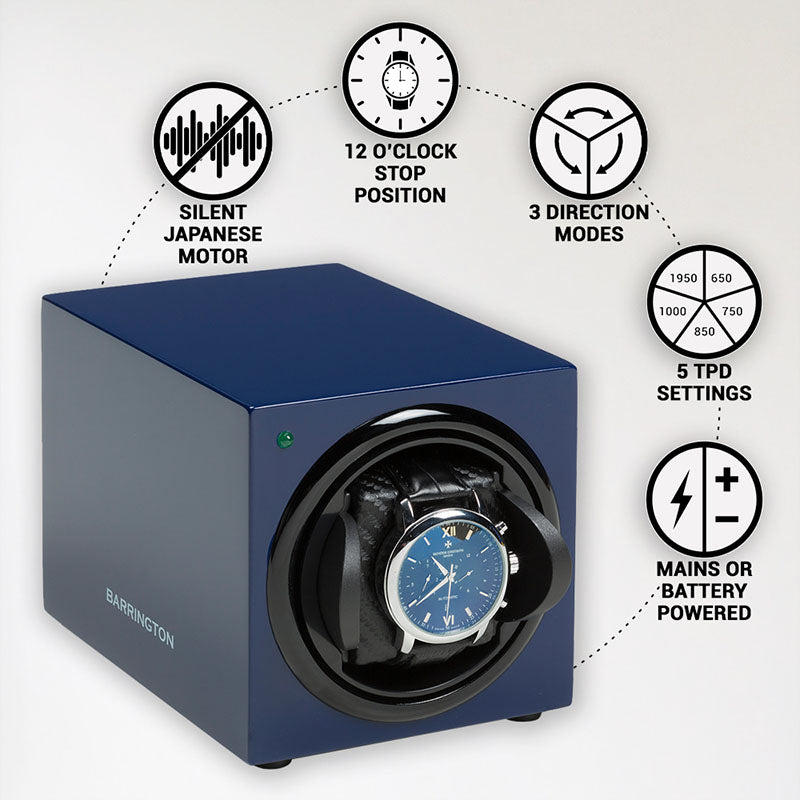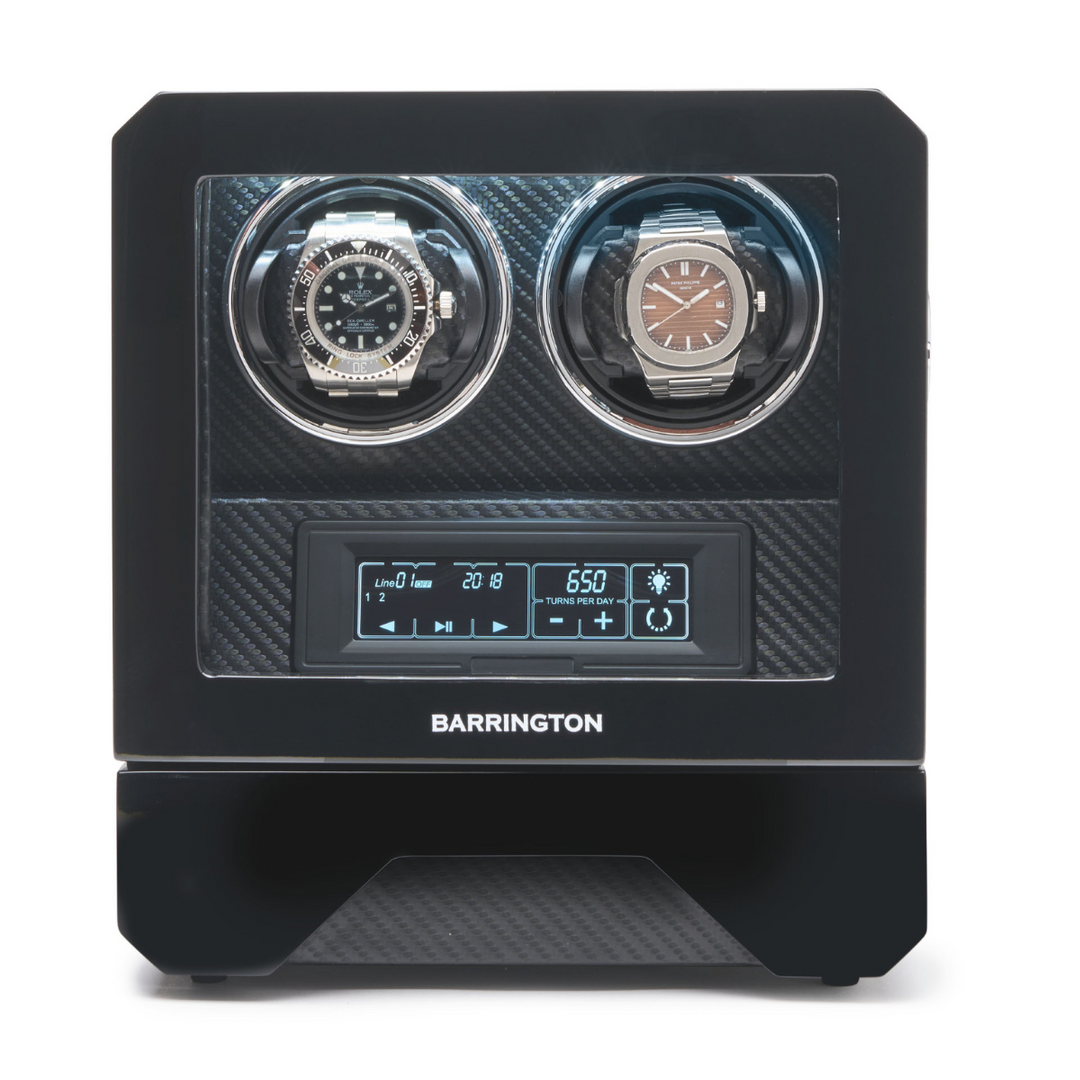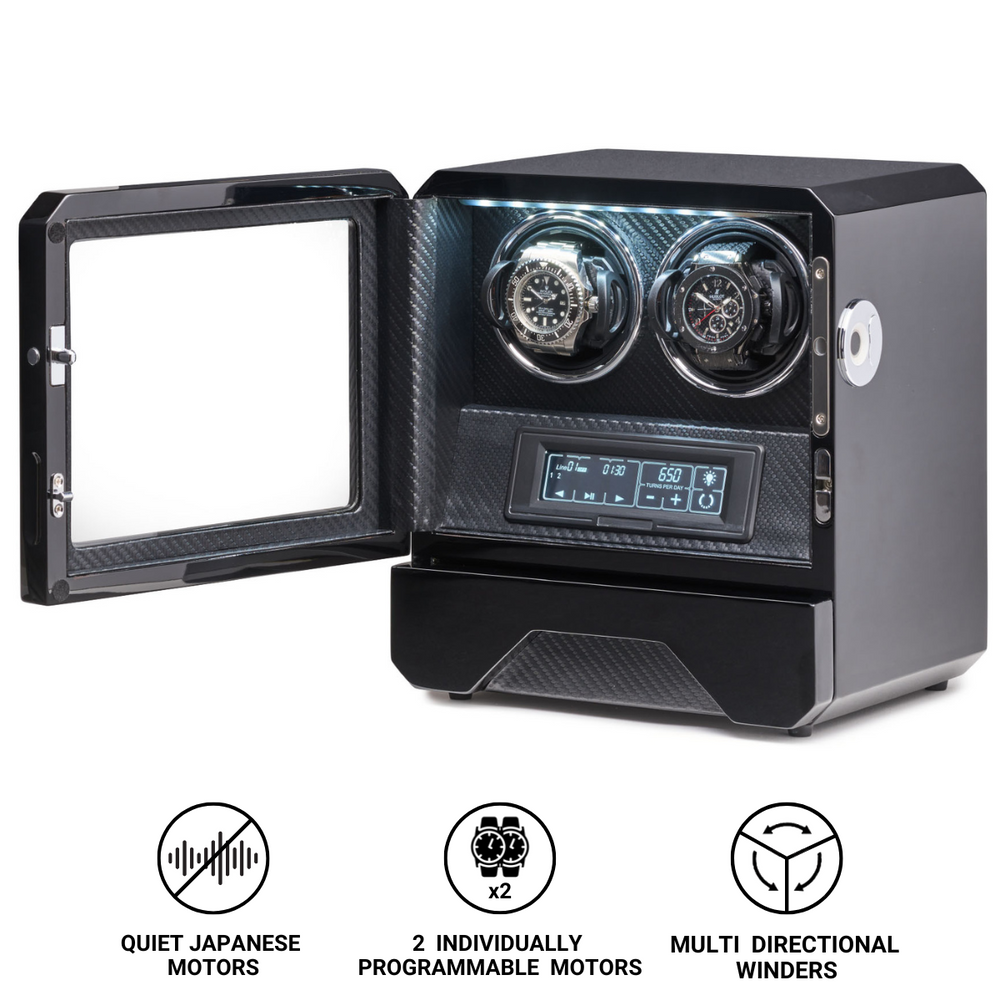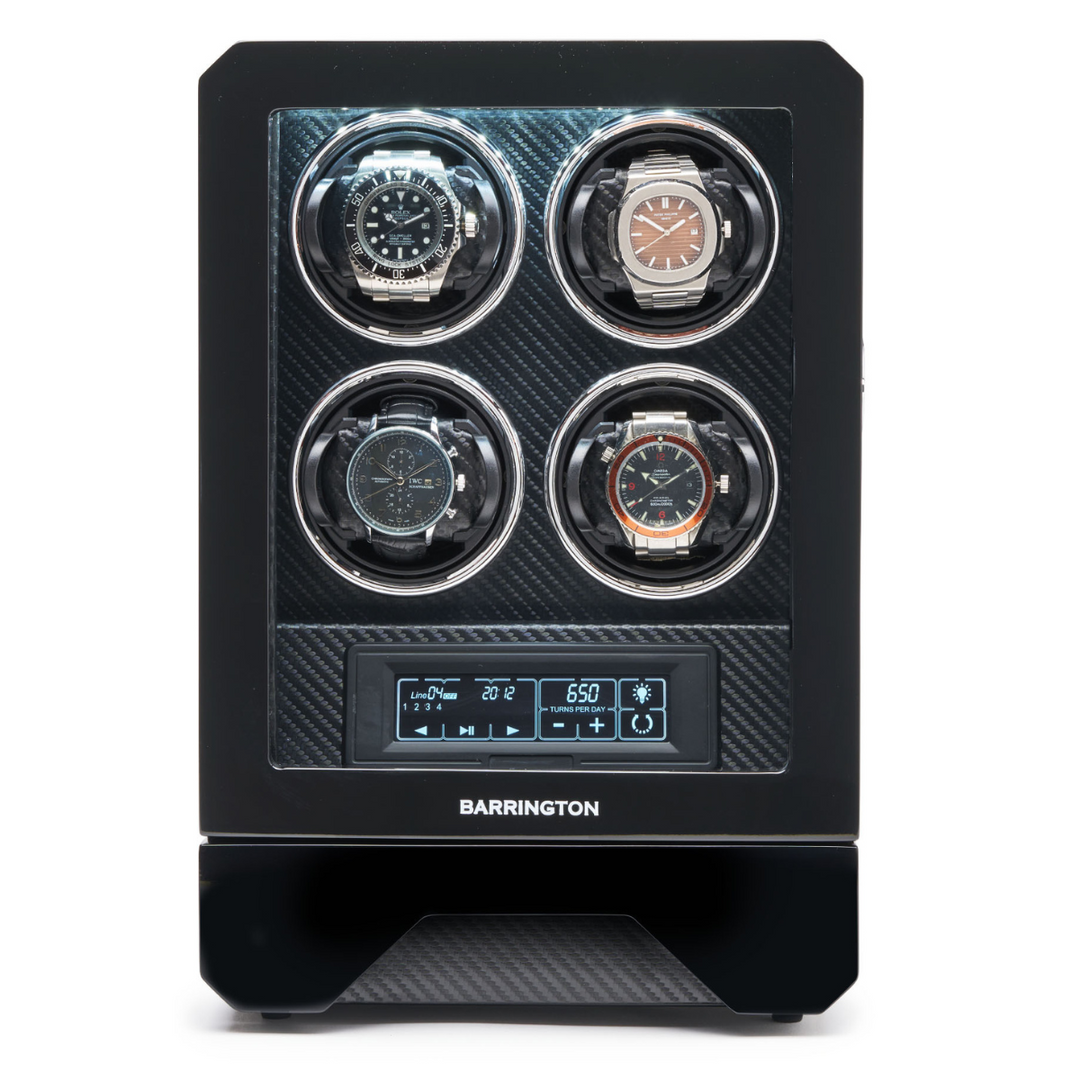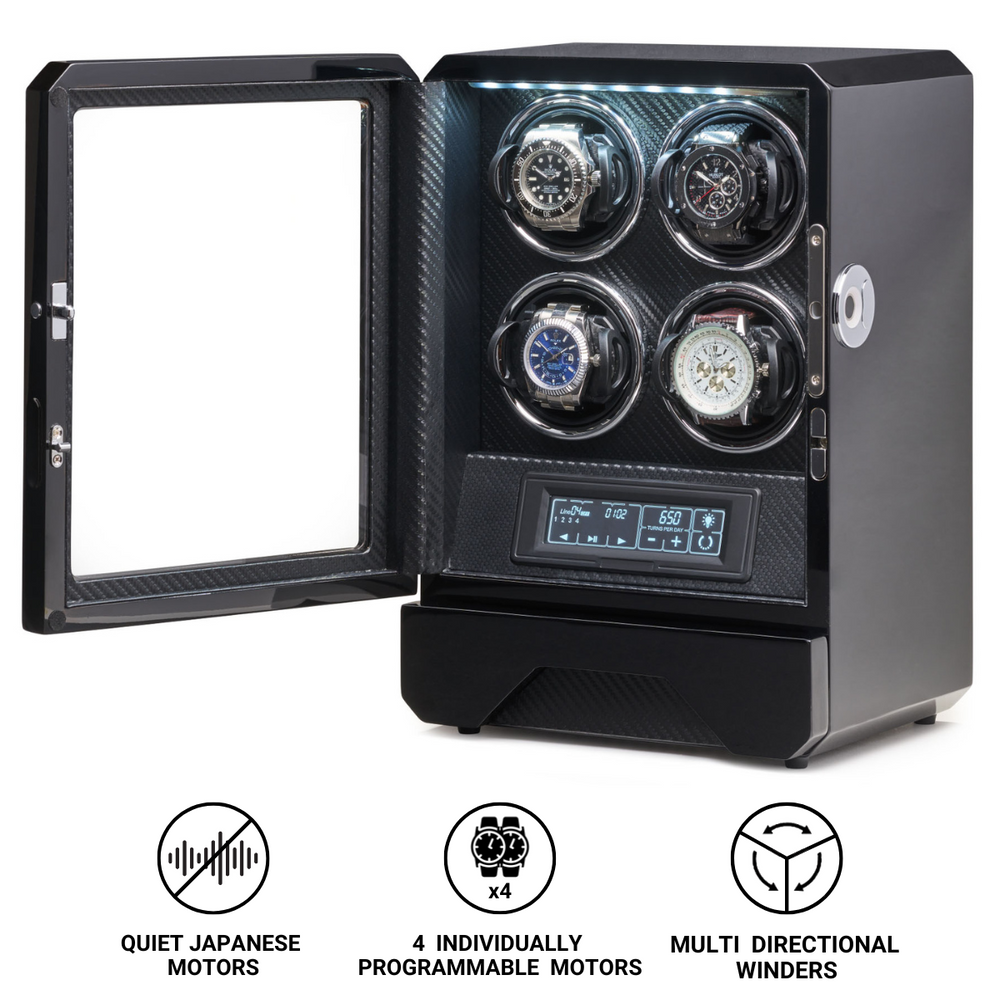What is Depth Rating?
Among the many specifications that define a timepiece, the depth rating is one of the most important for those who lead active lives or venture into aquatic environments. Often engraved on the case back or printed on the dial, the depth rating indicates the maximum depth or pressure that a watch can withstand under water. However, the concept is far more complex than a simple number. It reflects a combination of engineering, testing standards, and practical limitations that determine how resistant a watch truly is to the elements.
Understanding depth ratings is essential not only for divers and professionals but also for everyday watch enthusiasts. It helps separate marketing terms from real-world performance and ensures that a watch is used within its safe operating limits.
The Origins of Water Resistance in Watches
The idea of water resistance in watches developed as timepieces evolved from pocket watches to wristwatches. Early wristwatches were delicate instruments, easily damaged by moisture and dust. In the early 20th century, manufacturers began to experiment with sealing techniques to protect the movement from environmental exposure.
One of the first milestones came in 1926, when Rolex introduced the Oyster case, featuring a hermetically sealed crown and case back. It was a groundbreaking innovation that set the foundation for modern waterproof design. A few years later, Omega, Longines, and Panerai followed with their own water-resistant models, catering especially to divers and military personnel.
By the 1950s, professional diving watches had become essential tools for exploration and underwater work. The need for precise and reliable timekeeping under extreme conditions led to the establishment of industry standards for testing water resistance. From that point onward, depth ratings became an integral part of a watch’s specification.
What the Depth Rating Actually Means
The depth rating of a watch specifies the pressure level it can endure under laboratory conditions, usually measured in metres (m), feet (ft), or atmospheres (ATM). One atmosphere corresponds to approximately 10 metres of water pressure, or about 14.7 pounds per square inch (psi).
However, these ratings are based on static laboratory tests, not real-world conditions. Watches are tested in controlled environments without accounting for the dynamic forces of swimming, diving, or water impact. For instance, a watch rated for 30 metres is tested to withstand pressure equivalent to 30 metres of still water, not actual diving at that depth. The sudden movement of the wrist or impact with water can momentarily increase pressure far beyond that level.
This means that the actual usable depth for most watches is significantly lower than the laboratory rating. For example, a watch rated for 30 metres is suitable for light splashes, while one rated for 200 metres or more is required for professional diving.
Industry Standards and Testing Methods
Water resistance ratings are regulated by international standards to ensure consistency and reliability. The most commonly referenced is ISO 22810, which outlines the general requirements for water-resistant watches. For professional diving watches, the standard ISO 6425 applies, setting more rigorous criteria for pressure, temperature variation, and resistance to external forces.
Under ISO 22810, watches are tested under static pressure for a specific time to confirm that no water enters the case. The watch must also resist condensation when subjected to rapid temperature changes, simulating real-world exposure to warm and cold environments.
ISO 6425 takes testing to a higher level. Diving watches certified under this standard must withstand at least 25 percent more pressure than their stated depth rating to provide a safety margin. They are also tested for shock, magnetic field resistance, and visibility in darkness. Additionally, ISO 6425 requires that diving watches feature a unidirectional rotating bezel, luminous hands and markers, and a secure strap or bracelet suitable for underwater use.
These testing standards ensure that the depth rating is not merely a marketing term but a scientifically verified measurement of performance.
Common Depth Ratings and Their Real-World Use
Understanding the practical meaning of different depth ratings helps users choose the right watch for their needs.
-
30 metres / 3 ATM / 100 feet
This level of water resistance is suitable for daily wear, including exposure to rain or accidental splashes. However, it is not intended for swimming or immersion. -
50 metres / 5 ATM / 165 feet
Adequate for brief submersion, such as during hand washing or light swimming. Prolonged exposure or diving should be avoided. -
100 metres / 10 ATM / 330 feet
Suitable for swimming, snorkelling, and most water sports. This level provides solid protection for recreational use but not for deep diving. -
200 metres / 20 ATM / 660 feet
A true diver’s threshold for recreational scuba diving. Watches rated at this level or higher are often built to ISO 6425 standards and feature screw-down crowns and case backs for maximum sealing. -
300 metres and above
Professional-grade diving watches, capable of withstanding extreme pressures. Many luxury dive watches, such as those from Omega, Rolex, and Seiko, exceed this rating and can function reliably in deep-sea environments. -
1000 metres and beyond
Specialised instruments designed for commercial or saturation diving. These watches often include helium escape valves to prevent damage during decompression in diving chambers.
These classifications are not absolute, but they offer a reliable guide for users to understand what each rating truly signifies.
The Technology Behind Water Resistance
The depth rating of a watch depends on several critical engineering elements. Achieving effective water resistance requires precision in design, manufacturing, and assembly.
Key components include:
-
Gaskets and O-rings: These small rubber or synthetic seals prevent water and dust from entering through vulnerable points such as the crown, case back, and crystal. They must be carefully fitted and regularly maintained, as they degrade over time.
-
Screw-down Crowns: By tightening the crown against a gasket, this feature ensures that one of the most exposed parts of the watch remains watertight. It is a hallmark of true diving watches.
-
Case Construction: The case must be machined with microscopic precision to maintain consistent pressure distribution. Brands like Rolex and Omega use monobloc cases to eliminate weak points where water might penetrate.
-
Crystal and Caseback Design: Both components are subjected to significant pressure during immersion. Sapphire crystals and screw-down casebacks are standard in high-depth-rated watches.
Advanced manufacturing techniques, such as laser welding and pressure testing, further improve the structural integrity of modern water-resistant watches.
Factors That Affect Depth Rating Over Time
Although a watch may be rated to a certain depth when new, this resistance is not permanent. Several factors can reduce water resistance over time.
-
Age and Wear
The gaskets and seals that keep water out will naturally deteriorate, especially if the watch is exposed to sunlight, chemicals, or extreme temperatures. Regular servicing is essential to replace these components and maintain the original rating. -
Improper Crown Handling
Forgetting to screw down the crown or accidentally pulling it out under water can compromise the seal instantly, allowing moisture to enter. -
Shock and Impact
A hard knock or drop can slightly distort the case or crystal, creating microscopic gaps that weaken the water-resistant barrier. -
Thermal Expansion
Rapid temperature changes can cause the materials of the case and seals to expand or contract at different rates, affecting their ability to stay watertight.
To ensure continued protection, watch manufacturers recommend periodic water resistance testing, typically every one to two years, especially for watches frequently exposed to water.
The Role of the Depth Rating in Diving Watches
For professional divers, the depth rating is more than a specification—it is a safety feature. Accurate timing underwater can mean the difference between a safe dive and a dangerous situation. Dive watches must perform flawlessly under immense pressure, temperature shifts, and saltwater corrosion.
The development of modern diving watches in the mid-20th century was driven by pioneers such as Rolex, Blancpain, and Omega. The Rolex Submariner, launched in 1953, was one of the first watches rated for 100 metres, while Blancpain’s Fifty Fathoms set new standards for underwater legibility and durability. Over time, improvements in case sealing, crystal thickness, and material science have allowed depth ratings to reach thousands of metres.
Today, models such as the Omega Seamaster Ultra Deep and Rolex Deepsea Challenge represent the pinnacle of this evolution, achieving ratings of up to 11,000 metres—well beyond the limits of human diving capability. These watches serve not only as tools but also as technological showcases demonstrating the extremes of watchmaking.
Misconceptions About Depth Ratings
Many watch owners misunderstand the depth rating, assuming that a “30-metre” or “50-metre” watch is suitable for those exact depths. In reality, these numbers are not literal. They refer to static test conditions, not dynamic real-world usage. The forces exerted on a watch during swimming, diving, or even showering are far more complex than those simulated in laboratory tests.
It is also a common misconception that all waterproof watches remain water resistant indefinitely. Even the best seals degrade with time, and improper handling can compromise protection. The term “waterproof” itself is no longer used in professional horology, as no watch can be guaranteed to resist water completely under all circumstances. The preferred term is “water resistant,” reflecting a more accurate and realistic understanding of performance limits.
Maintenance and Best Practices
To preserve a watch’s water resistance and ensure that it performs according to its depth rating, proper care is essential.
-
Always ensure the crown is securely screwed down before exposure to water.
-
Avoid operating pushers or adjusting the crown while submerged.
-
Rinse the watch with fresh water after swimming in saltwater or chlorinated pools.
-
Have the seals and gaskets checked and replaced during routine servicing.
-
Avoid extreme temperature changes, which can cause expansion and contraction of materials.
Following these practices can extend the lifespan of the watch and maintain its intended level of water resistance.
Conclusion
The depth rating of a watch is far more than a decorative number on the dial. It represents a complex interplay of engineering, material science, and precision craftsmanship. From everyday water resistance to the extreme capabilities of professional dive watches, each depth rating tells a story of innovation and endurance.
Understanding what those numbers mean—and how they apply in real-world conditions—allows watch enthusiasts and professionals alike to appreciate the true capability of their timepieces. It also reinforces the importance of maintenance, care, and respect for the craftsmanship that goes into creating a watch capable of defying the pressure of the deep.
Whether it reads 30 metres or 11,000 metres, a depth rating is a testament to human ingenuity and the enduring pursuit of reliability beneath the surface of the sea.


